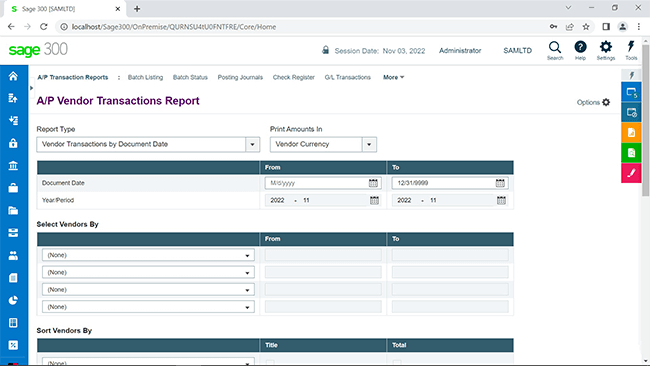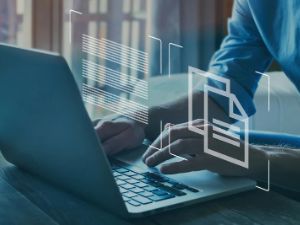What is Fixed Assets?
Fixed assets are tangible business assets that companies typically own for long-term financial benefits. Common examples include land, buildings, machinery, equipment, vehicles, and IoT devices, among others. They play a critical role in driving revenue for your company and are listed in the Asset section of your Balance Sheet. Continuous usage of fixed assets results in a decline in their value.
Fixed assets serve as the foundation of any company as they are essential for revenue generation and day-to-day business operations. Companies have to thoroughly maintain a record of their fixed assets and any asset-specific activity such as procurement, depreciation, and disposal.





